There are many reasons why you should invest in pearl strands. Pearls are beautiful, timeless pieces that can be worn for any occasion. They are also a great investment – saltwater pearls can increase in value over time! If it’s your first time shopping for a pearl necklace, the wide range of options may seem a bit daunting at first. Can you tell what makes one strand of pearls better than another? First, get to know the different types and origins of pearls. In this blog post, we will also discuss the beauty and benefits of pearls. Better equipped with the fundamentals, it’s time to go shopping.
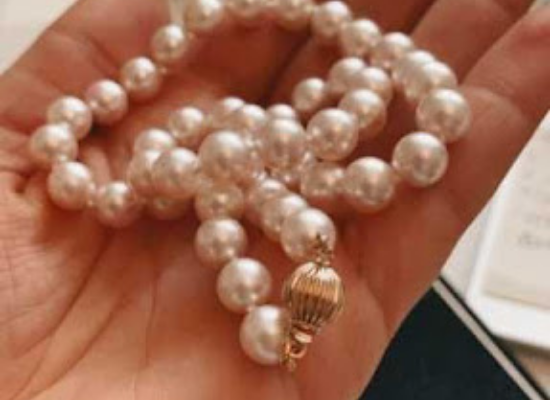
How are pearls made?
In all instances, a pearl comes from a mollusk, generally an oyster or mussel. A foreign body is detected by the mollusk, which is then coated in a layer of aragonite.
When any irritant makes its way between the mollusk’s shell and mantle, the creature produces nacre, a protective coating that helps reduce irritation. Mother-of-pearl is another name for nacre; it’s made of tiny calcium carbonate crystals and lines the insides of a mollusk’s shell as well. Layers of nacre coat the irritant, which eventually forms an iridescent gem (the pearl).
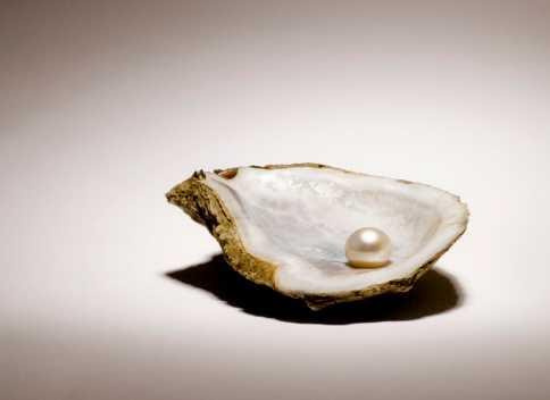
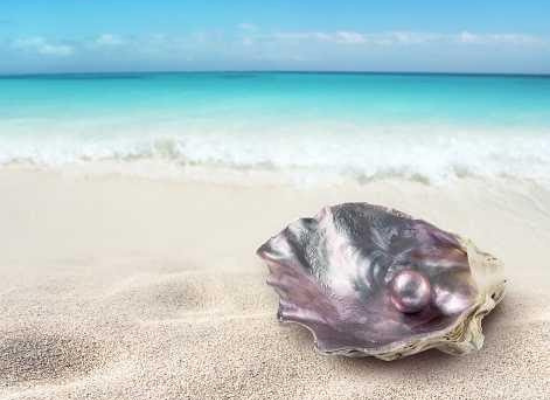
Natural pearls vs cultured pearls
- Natural pearls are those which grow entirely organically in certain types of mollusks. Until the mollusks are opened, we won’t know if it contains a pearl or not, and certainly not the quality.
- Cultured pearls are farm-grown. Still in the same water as natural pearls, but within a much more controlled setting.
In order of rareness, here is a list of the four types of pearls:
- Cultured Freshwater Pearls. These are commonplace and are very affordable.
- Cultured Saltwater Pearls. These ones are common and affordable too, but sometimes more pricey since they are rarer.
- Natural Freshwater Pearls. These are among the most costly pearls available. They are considered rare and will cost many times more than cultured pearls.
- Natural Saltwater Pearls. Natural saltwater pearls, on the other hand, are extremely rare and valuable. They’re typically more than a century old, belonging to antique jewelry. They are considered an investment collector’s items.
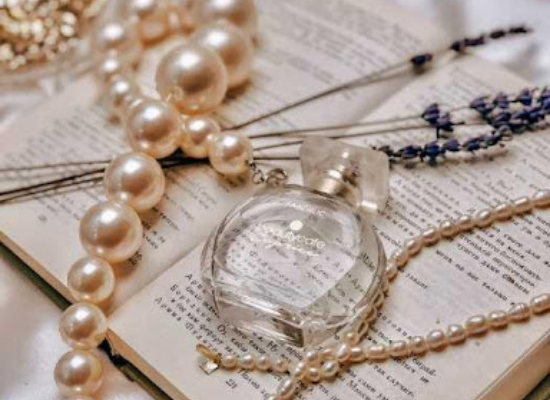
Why should you invest in pearl necklaces?
One of our best investment options for 2022 is natural saltwater pearl jewelry.
Most of the investment value comes from the fact that these are almost impossible to find and the price of these pieces will keep growing in the upcoming years.
Ideally, you should opt for an antique natural saltwater pearl necklace, earrings, or bracelet. Make sure it has the correct certification and that the standards match. It’s always best to consult with a jewelry expert before making the purchase.
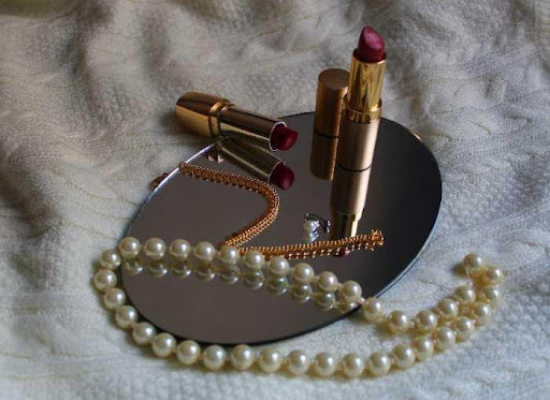
What should you know about creating the perfect pearl strands ?
Pearls come in a variety of colors, including white, black, pink, green, and blue. They can also be found in different shapes and sizes. Pearls are often worn as necklaces or earrings.
There are many benefits to wearing pearls. Pearls are said to promote wisdom, peace, and prosperity. They are also known for their healing properties – pearls can allegedly help with headaches, anxiety, and stress relief. In addition, pearls are said to be beneficial for the skin – they can improve complexion and reduce wrinkles.
Color
Pearls come in a variety of hues, and color is often the first thing you notice. From the dark and mysterious Tahitian pearl to the creamy and lustrous Akoya, the color of pearls is determined by the type and health of the mollusk from which it comes. All pearls have an overall bodycolor but look closely: you may notice a subtle, complimentary overtone in higher-quality pearls. Washes of pink, silver, or gold can be found in Akoya pearls, while Tahitian pearls often include overtones of plum and pistachio.
Size
In strands, pearl size is often expressed as a range. Necklaces may be labeled as composed of pearls 6-6.5mm, which tells you that each pearl in the strand falls somewhere within that range. Strands of pearls with greater size ranges, say 5-9.5mm, are called graduated if each successive pearl is larger than the one before. Larger pearls are typically clustered in the front and center of a strand. Larger pearls, on average, command greater prices than their smaller counterparts.
Symmetry
One of the most distinctive features of a strand of pearls is its symmetry, or how closely the individual pearls match one another. This consistency and uniformity is a hallmark of an excellent necklace. Variation may be the aesthetic you are going for, but if not, aim for perfect symmetry. Strands are frequently made of one central pearl and two mirror-image pearls on each side.
Luster
The defining characteristic of pearls is luster – that glossy, translucent, mirror-like surface. A high-quality pearl will seem as though it’s being illuminated from within, making it possible to see your own reflection. The thicker the nacre, the better the luster. Pearls that have spent more time in a happy, healthy mollusk will have deeper, richer nacre.
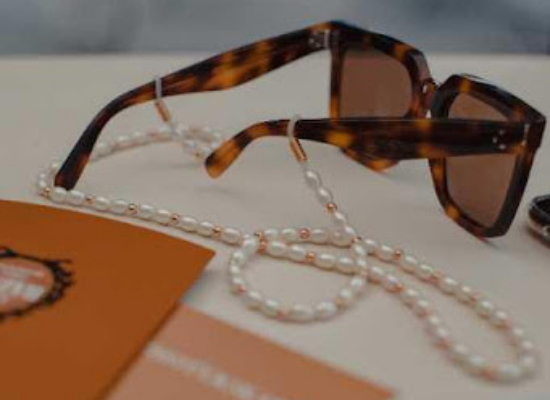
Length
The length of a pearl necklace depends on personal taste. If you plan to wear your pearls more casually, a shorter strand is probably the best choice. The longer the strands, the more formal they are considered to be. However, this is not a rigid rule.
The most popular lengths are 16 inches and 18 inches. Strands as long as 35 inches and even 50 inches are also very popular because they can be worn long or doubled up.
Pearl Knotting
Pearl necklaces should always be knotted between each pearl. This is very important. The knots keep the pearls from rubbing against one another. Your pearls would not scatter if your necklace broke. The only exception to the knotting rule is with small, graduated strands. These do not look nice with knots so are typically only knotted near the clasp.
The most frequent thread is silk, although synthetic fibers are becoming increasingly popular as they are more durable. It makes no difference which one you choose.
Pearl types used in strands
Akoya pearls, freshwater pearls, Tahitian pearls, and South Sea pearls are the four most popular types of cultured pearls today.
Akoya pearl- Nearly all akoya are perfectly round and white, but exotic natural-color blues, silver-blues, golds and baroques exist. These are considered very rare and you will have a very hard time finding them.
Tahitian pearls-They are often called “black pearls,” but in reality they come in a rainbow of hues. The most popular is dark green.
South Sea pearls – These are statement pearls. It’s impossible to wear a strand of South Sea pearls and not be noticed.
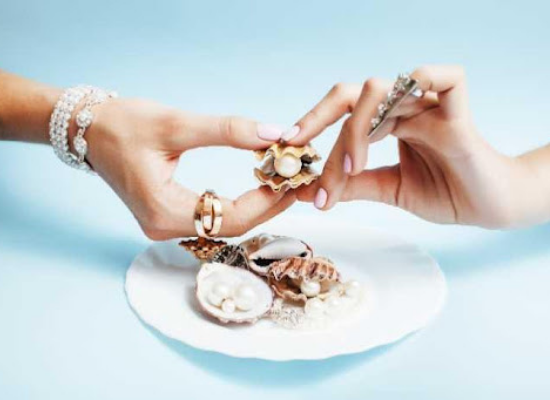
Taking care of your pearl strands
Interestingly, pearls are one of the world’s only wholly organic gemstones. Hence, they tend to be very fragile. So, you must treat your pearl jewelry with great care, to ensure they withstand the test of time.
– Keep your pearls away from moisture and chemicals. Harsh products like perfume and hairspray, can critically damage the luster of a pearl so keep these toxins well away from your precious pearls!
– Don’t wear your pearls when you are doing activities, such as working out or swimming.
– Store your pearls in a cloth bag or jewelry box. Store them away from other jewelry as they can too easily become scratched or worn down by metals and other gemstones.
– Clean your pearls with a gentle soap and water solution. Nothing more should be used.

Design a pearl strand on JewelersConnect.com
Pearls are a beautiful addition to any wardrobe, and they can also be a great investment. If you’re looking for something unique and timeless, consider purchasing pearl strands!
You come up with the ideas and our jewelers will help you create the perfect pearl strand! The pearls used are all screened by jewelers with a lot of experience in the industry.
Join our platform and create a free shopper account to send your request. You will receive multiple quotes from the jewelers on our network. You only need to pick one and start creating your piece!